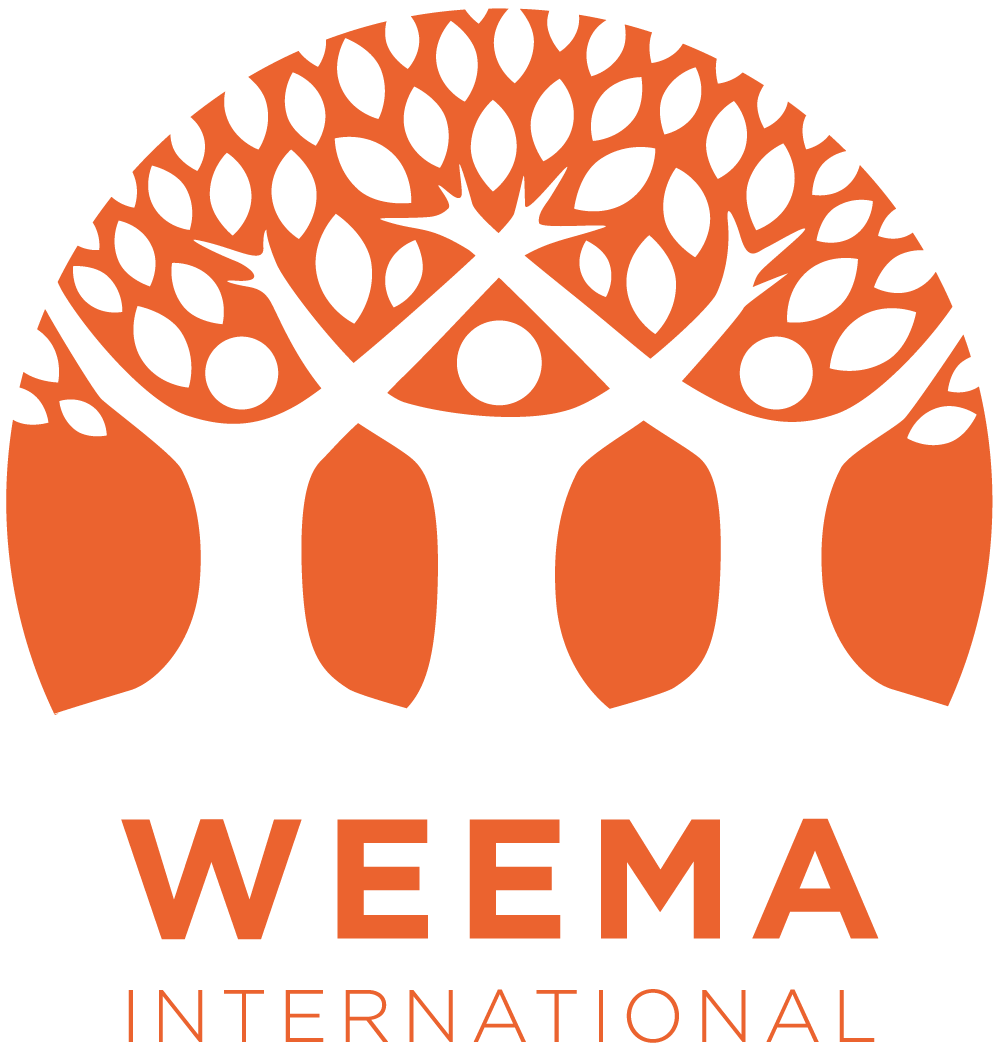A Log Frame, also known as a Logical Framework, is a systematic, visual tool designed for planning, implementing, managing, and evaluating projects. It's intended to provide a clear, concise, and logical overview of a project, from its objectives and activities to its expected outputs, outcomes, and impact.
The Log Frame is typically structured as a matrix, encompassing the following main components:
Goals: This represents the highest-level objective of the project – the broad change or impact the project seeks to achieve in the long run. It's generally tied to an overall improvement goal, such as reducing the rate of a certain disease or improving general health in a population.
Outcomes: This is a more immediate target that contributes towards achieving the goal. It is what a project will achieve by the end of its lifespan, for example, increasing vaccination coverage in a certain population, improving access to clean water, etc.
Outputs: These are the tangible results the project expects to deliver, like number of health clinics built, number of people vaccinated, or number of health workers trained.
Activities: These are the actions taken to deliver the outputs. They could include running vaccination campaigns, conducting health education sessions, building health facilities, etc.
Across these components, the Log Frame also includes indicators, means of verification, and assumptions:
Indicators provide a way to measure whether you're achieving your objectives. They must be specific, measurable, achievable, relevant, and time-bound (SMART).
Means of verification specify how you will measure or collect data for your indicators.
Assumptions are external factors that could impact the success of your project but are largely outside of your control.
The strength of the Log Frame lies in its ability to link activities with their resulting outputs, outcomes, goals and impact in a clear and logical manner.
To learn more:
